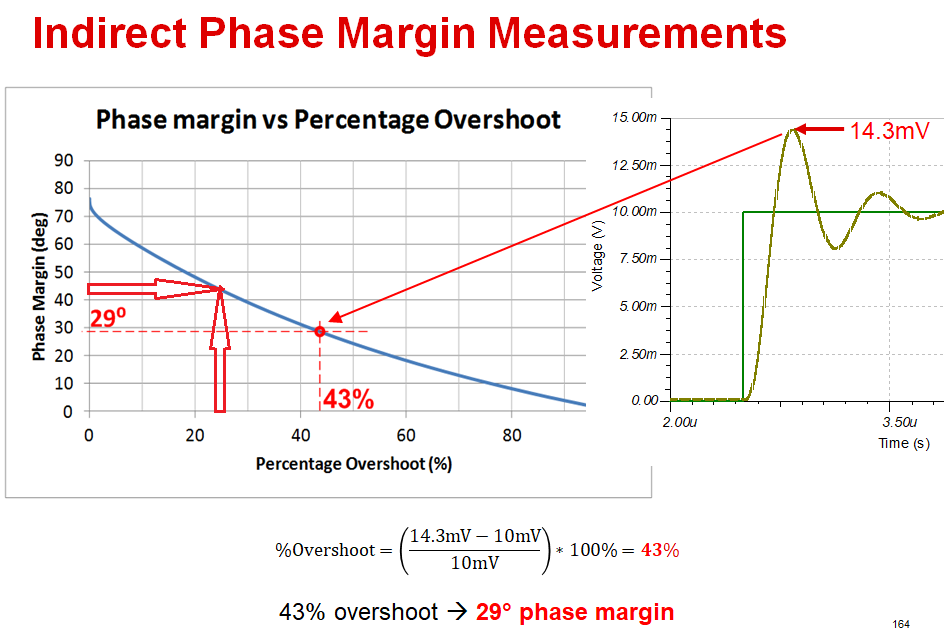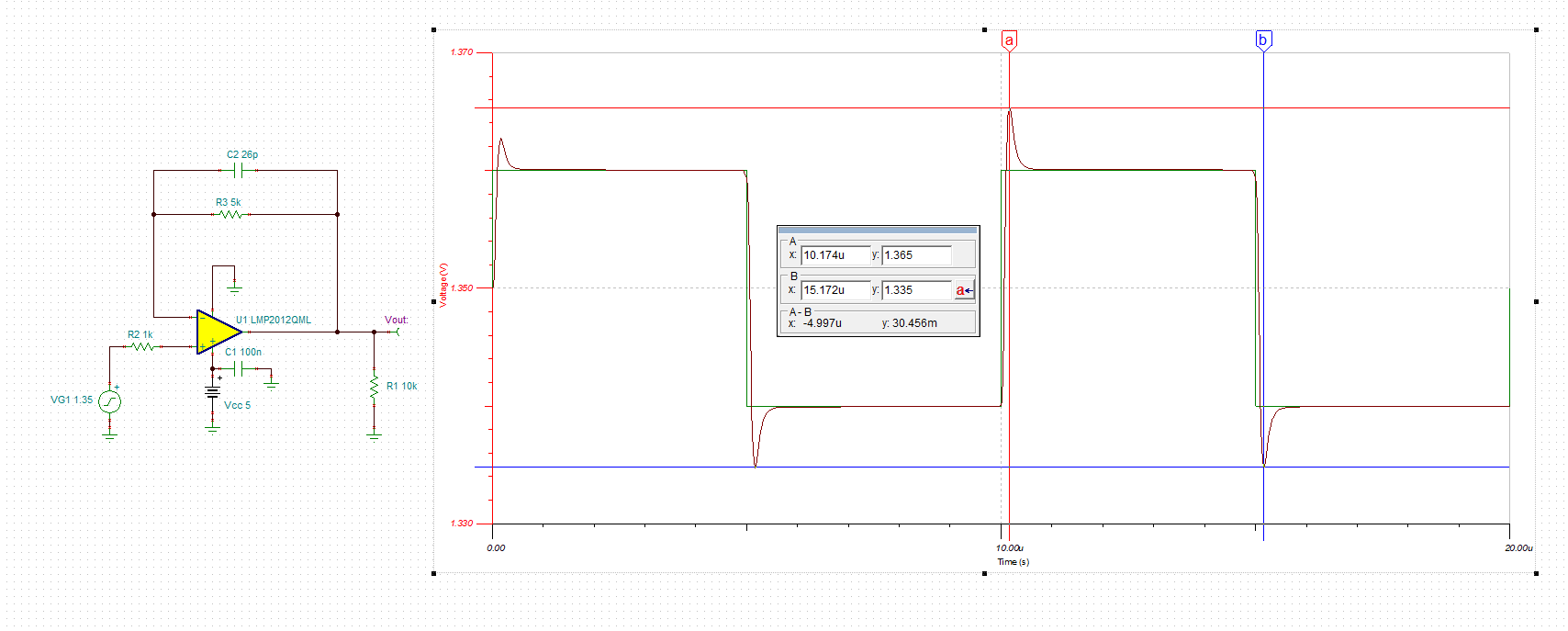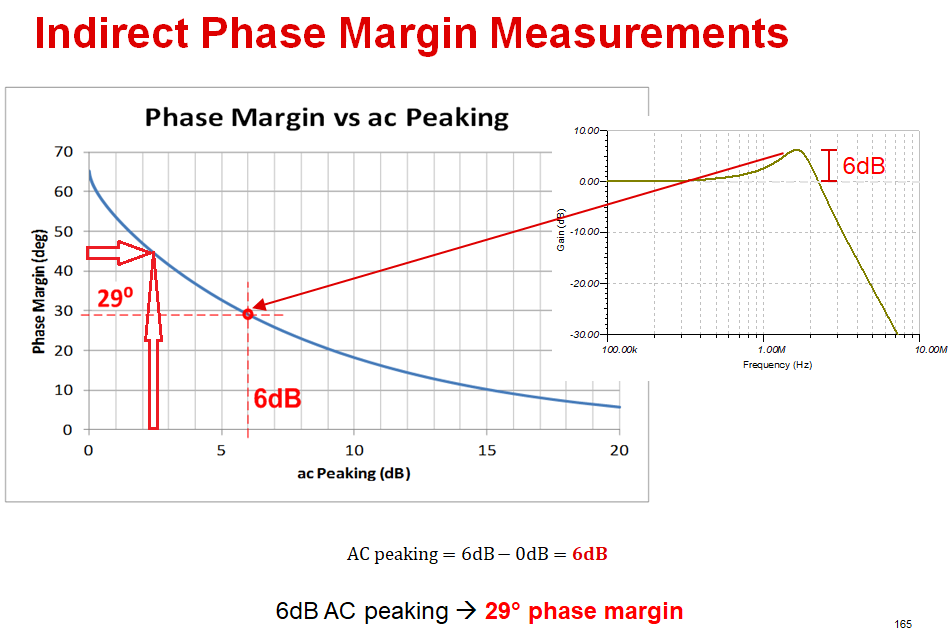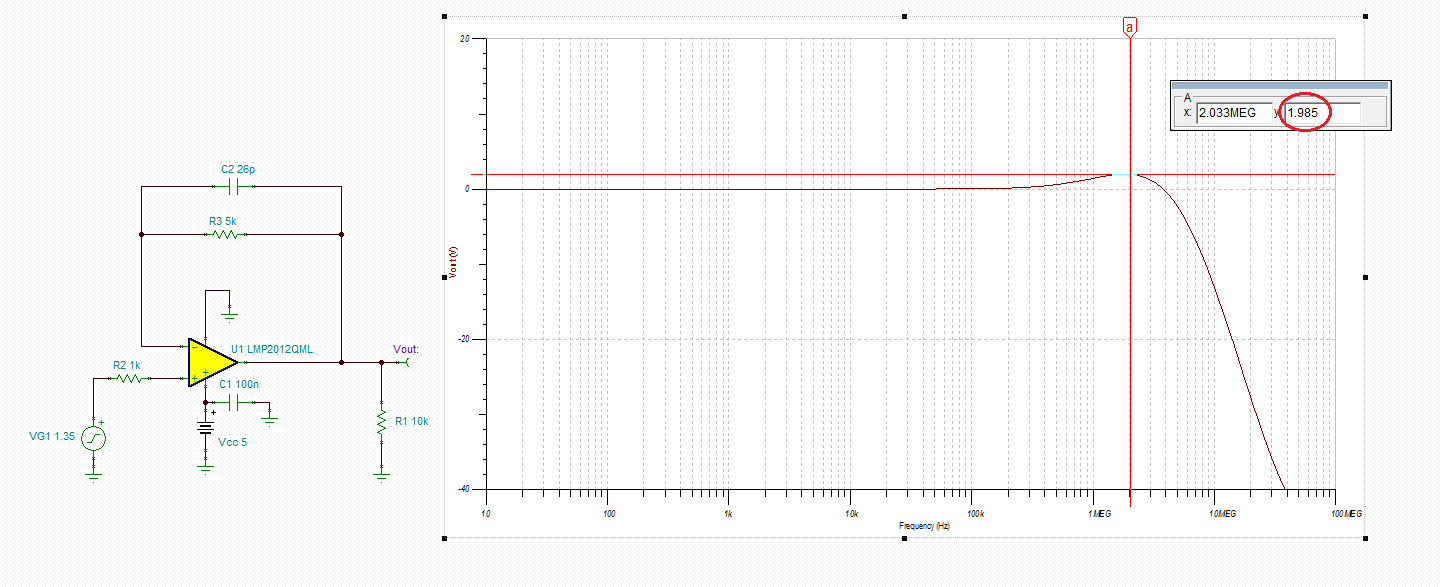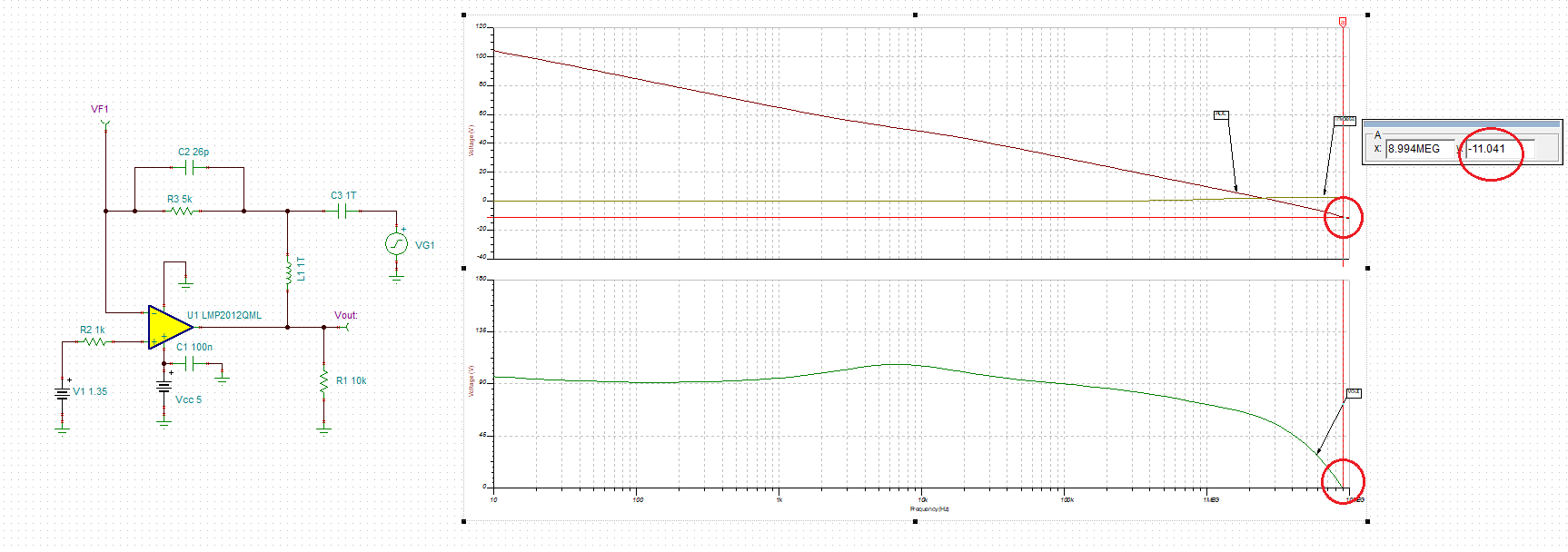Other Parts Discussed in Thread: LMP2012QML, LMP2012
Hi.
I am using LMP2012QML in 2 opamp instrumentation amplifier configuration with the one opamp being near unit gain and pspice simulation has GM (gain margin) of 14db, same as specified in datasheet.
For worst case analysis a consultant has toleranced the LMP2012 model to have bandwidth of 1 to 5Mhz (from datasheet). Using the modified model the worst case GM is 7.5dB which is below our 10dB goal.
Is this a valid gain margin tolerance for LMP2012 or a modeling error? Does TI have any data on worst case, EOL gain and phase margin for the LMP2012QML. Currently datasheet just has typical.
Thanks,
Mike


